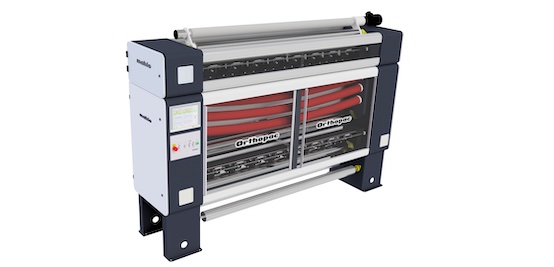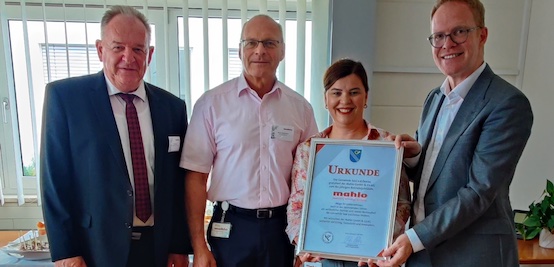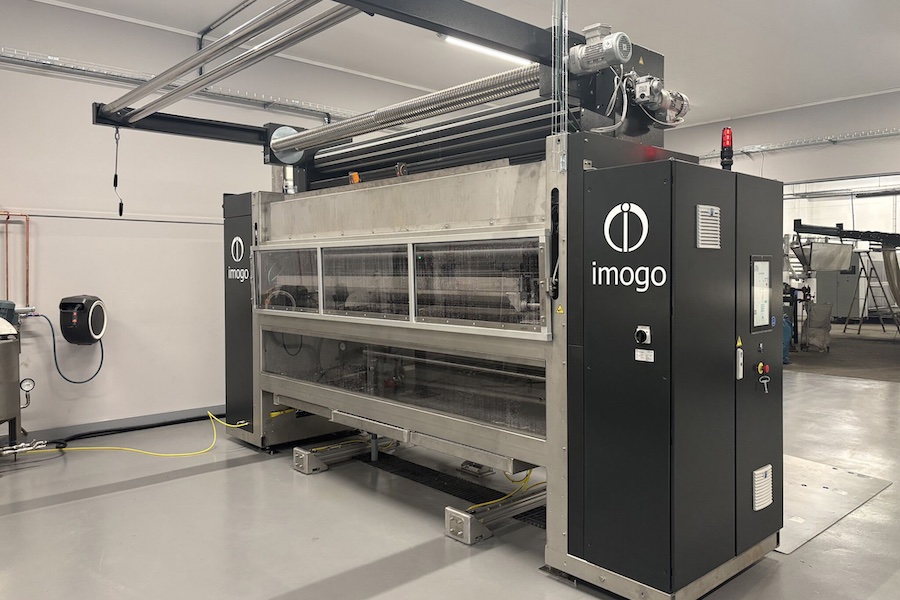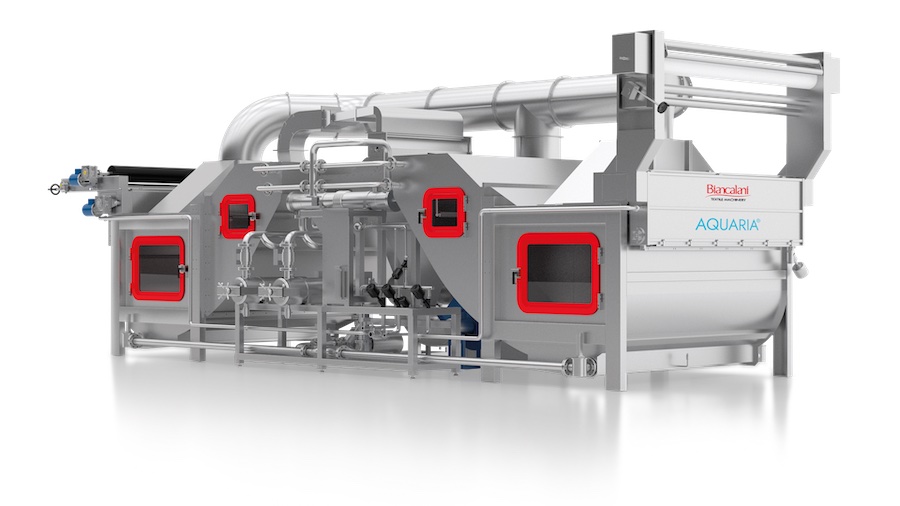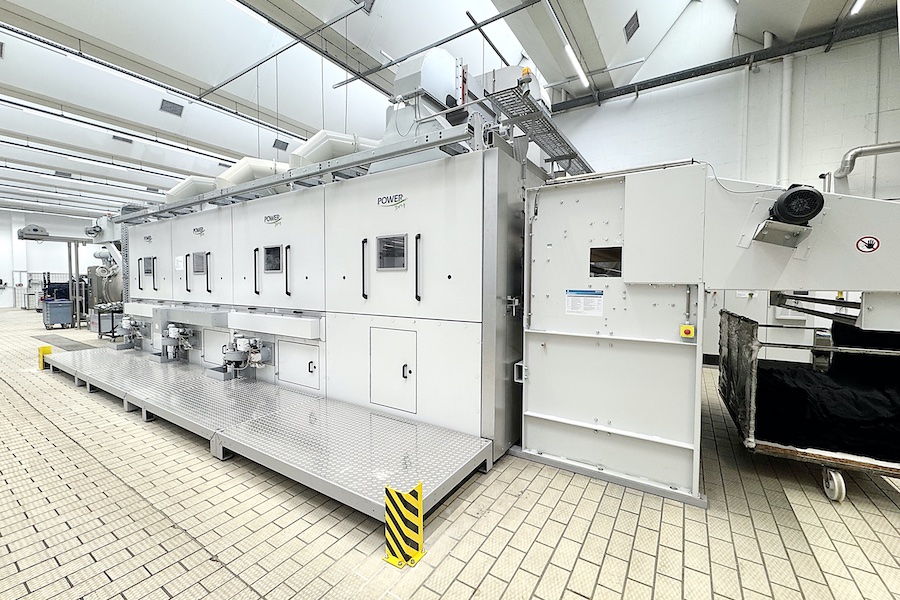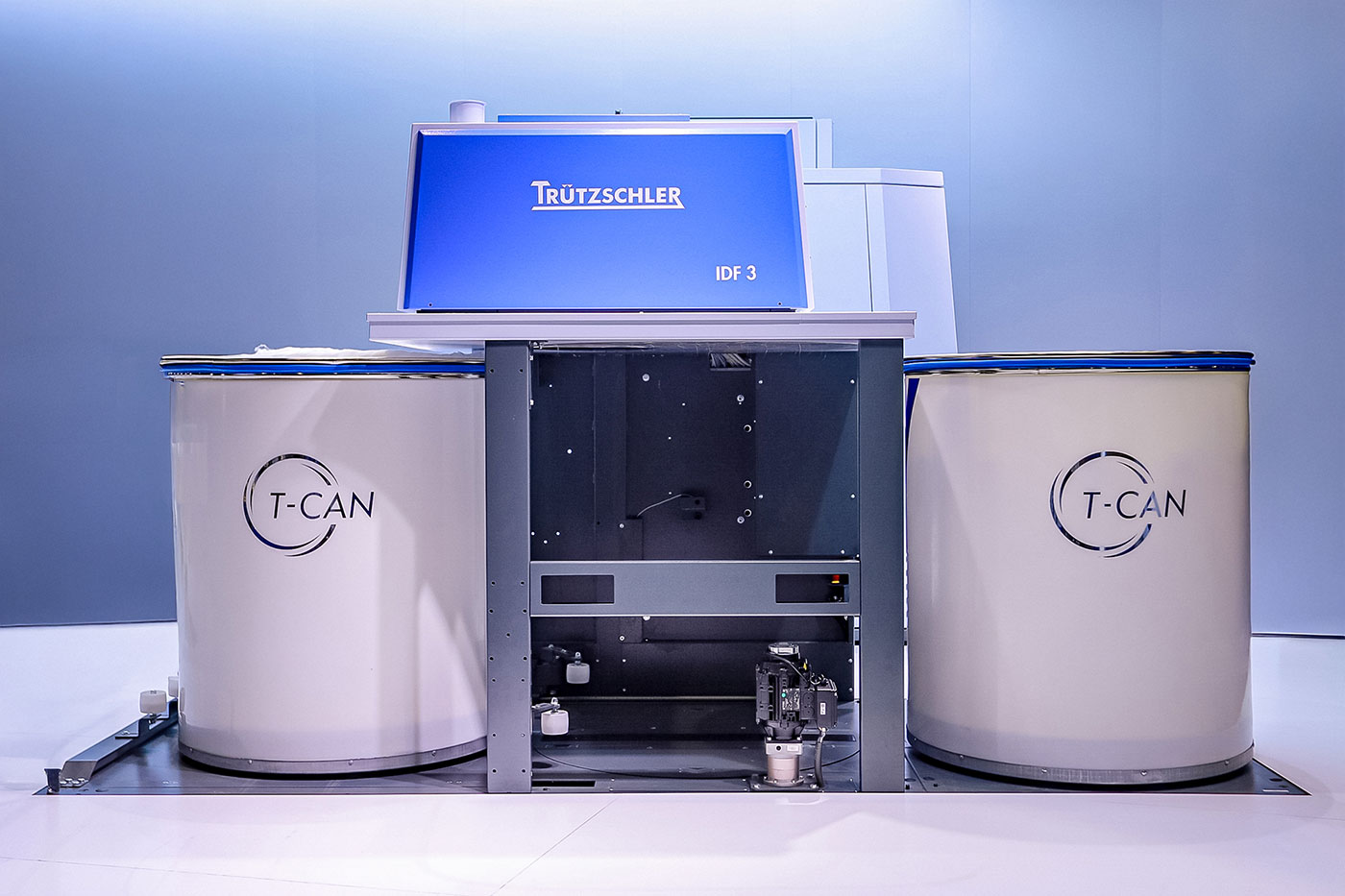#Dyeing, Drying, Finishing
Of socks and seat covers: The long road to technical knitwear
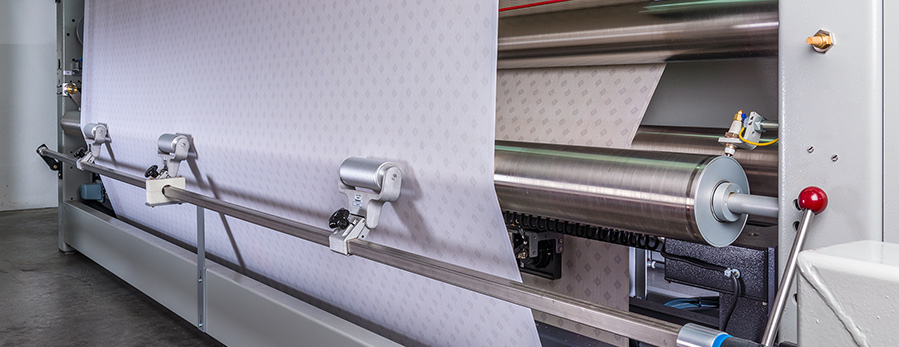
First of all, a brief digression on the definition and development of knitwear. Stitch formation, i.e. the interlocking of thread loops formed from one or more threads, is the basis for knitwear. The simplest form of loop formation is created by wrapping the fingers of one hand alternately with a thread and then lifting the lower loop over in each case. "You can vividly imagine how our ancestors followed this very principle when they first attempted knitting," says Stephan Kehry, product manager for textiles at Mahlo GmbH + Co. KG. From the DNA, the knitting dolly is a direct ancestor of this technique.
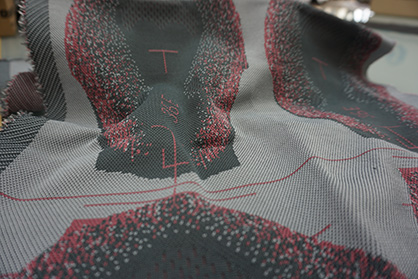
The simple machine production and the wide range of applications quickly established knitwear as a mass product. Quality played a subordinate role. "It was only with the advent of technical textiles that the "value side" of knitwear was born," says Kehry. In particular, the three-dimensional possibilities of the textile made it possible to reproduce properties that had previously been denied to normal structures, such as spacer fabrics in mattress covers or handle plush in car headliners. Today, knitted fabrics can be found in modern sports shoes as well as in artificial leather applications or geotextiles.
Growing demands on textiles
So today knitwear takes on a variety of demanding tasks. But what impact does this have on the production of the fabric? A big one, as the Mahlo expert points out. "Because with the diversification also came the demand." Especially when it comes to technical textiles, angular position and stitch density have to be right. In many cases, applications are applied to the textile. "Here, too, quantity and thickness must be constantly controlled." In the example of shoe material, on the other hand, the repeat and the position of the article play an overriding role. "When the customer spends sometimes several hundred euros on high-tech sports shoes, the function and appearance must ultimately be right down to the last detail," Kehry explains.
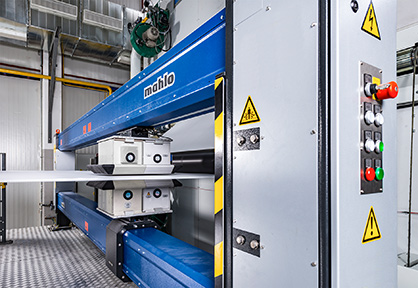
And, of course, it is always a matter of operating efficiently, not wasting raw materials and working sustainably.




